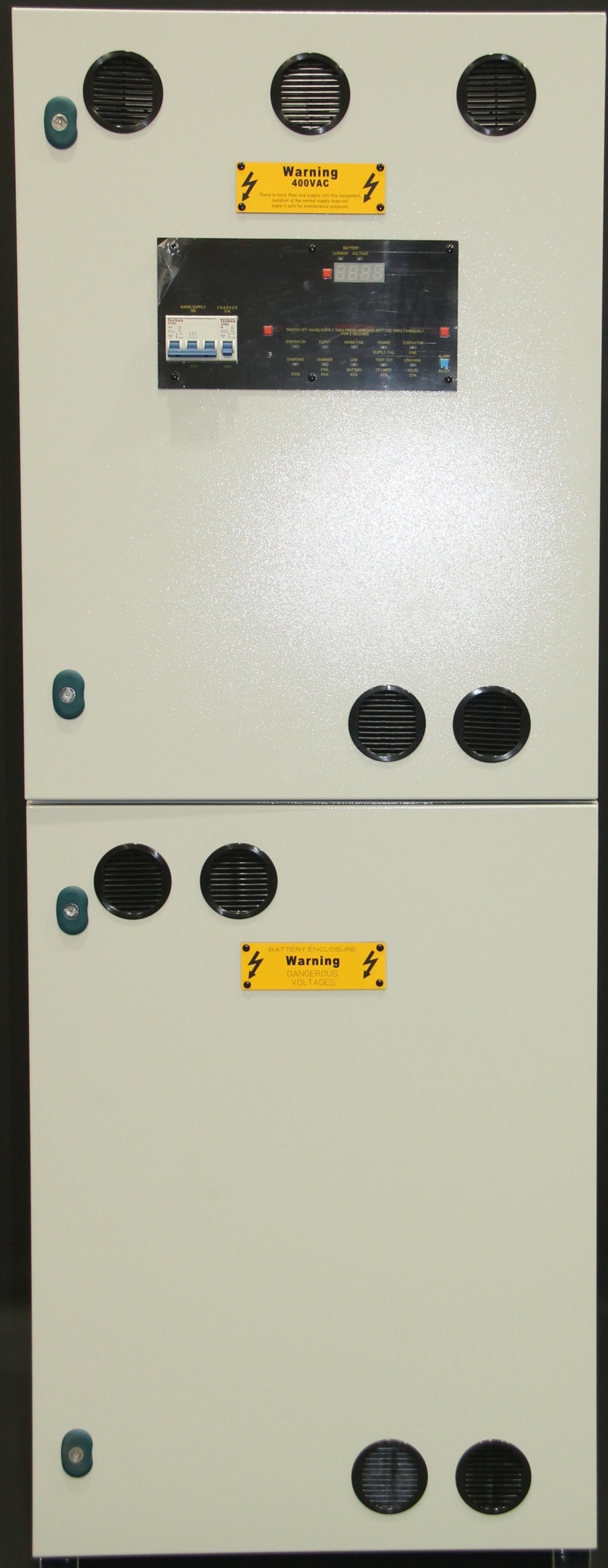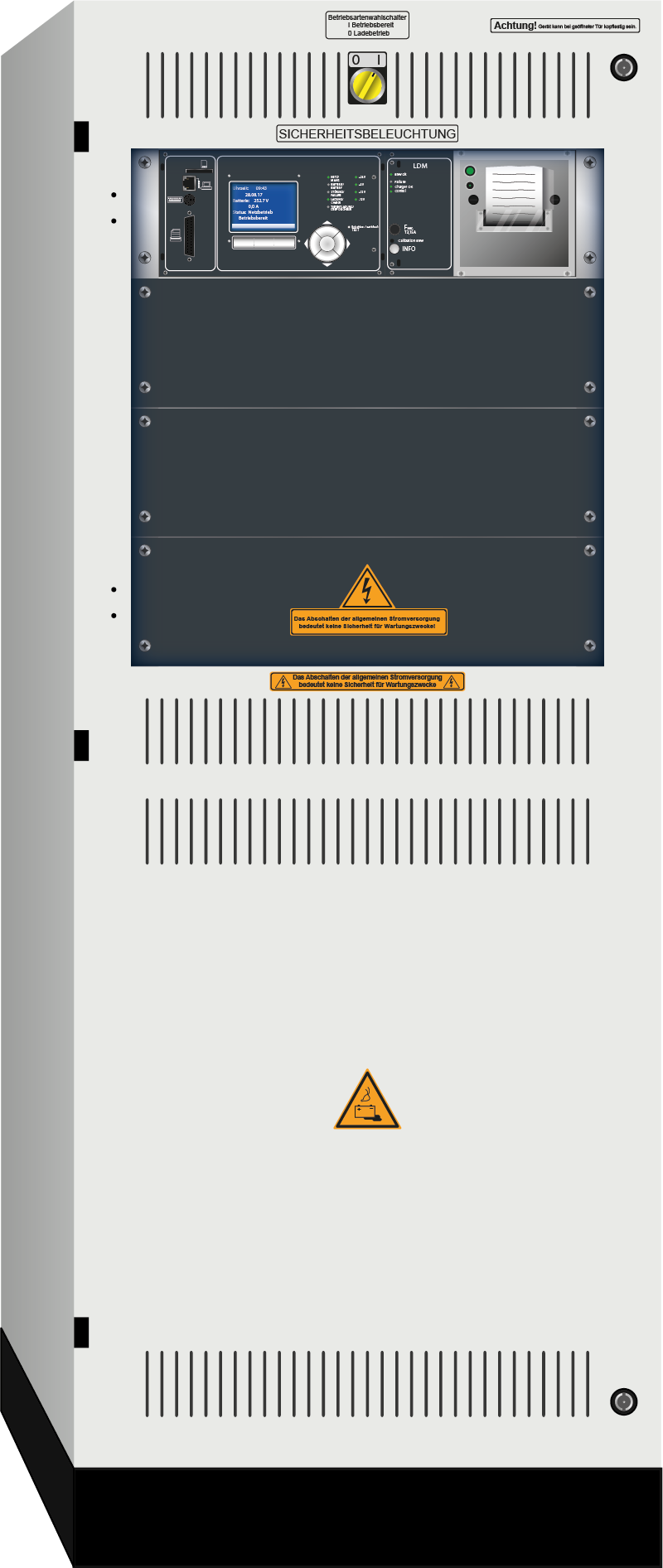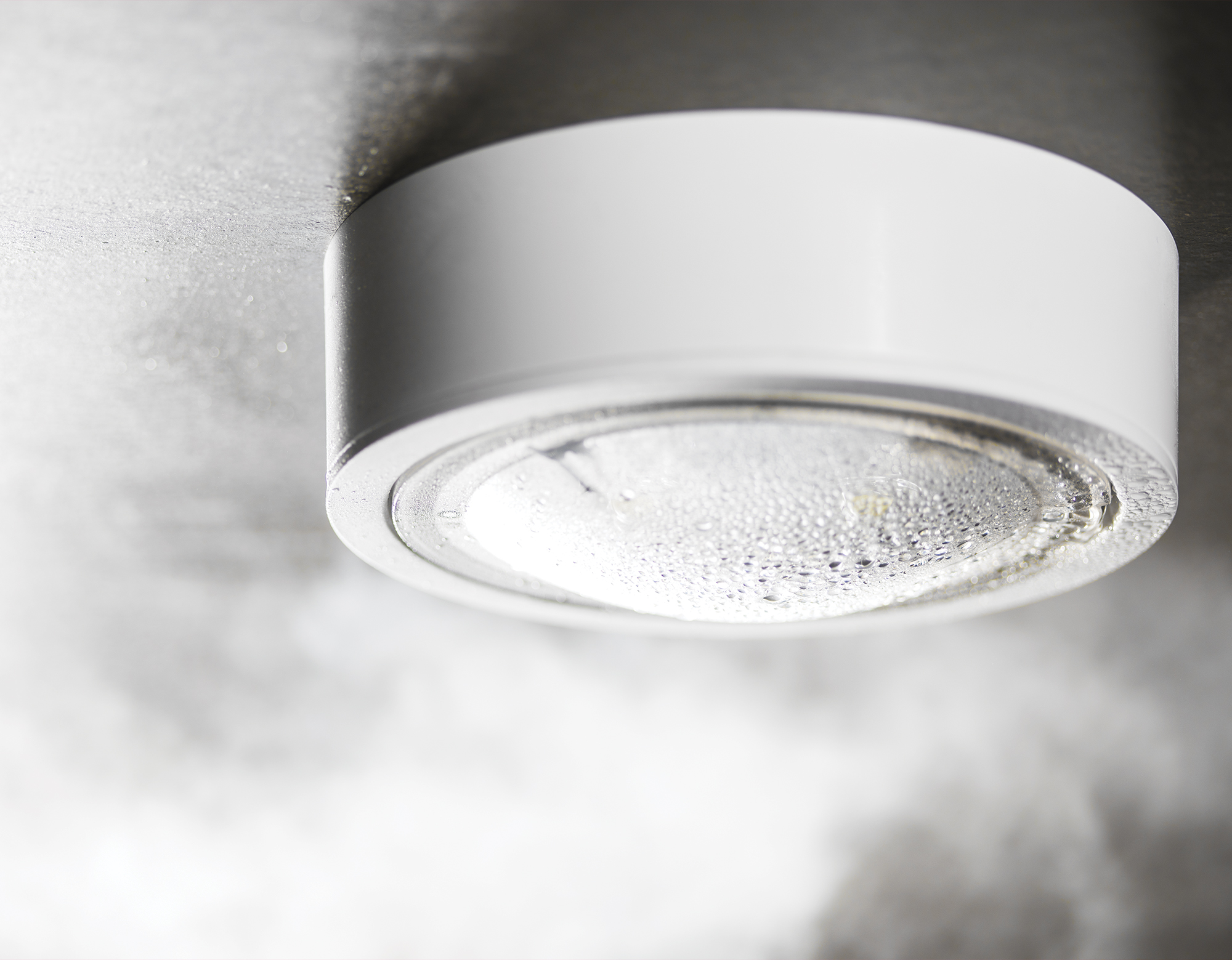Emergency Lighting
CENTRALISED POWER SYSTEMS
Centralised Power Systems can include:
Static Inverters | Addressable Central Battery Units | De-centralised Systems
Centralised Emergency Lighting systems introduce apprehension to many designers and installers. Through many years of experience, at Bright Source we have the knowledge and expertise to advise and help you make the right choice, ensuring your system is the most cost-effective and appropriate for the application. One of our aims is to reduce the system size as much as possible through intelligent design principles.
We offer a full service that includes installation (of the central system), battery build and commissioning, as well as subsequent annual service contracts.
There are different options for emergency lighting centralised power systems. These are often referred to as Central Battery Units, Central Battery Systems, Static Inverters or Central Power Systems.
They differ from UPS due to specific technical stipulations contained in regulation BS EN 50171.
The concept of a centralised system, is that they sit remotely from the luminaires. All luminaires are connected either directly or via an emergency lighting distribution board. It is a regulatory requirement that all wiring between the centralised system and the luminaires is undertaken with fire rated cable.
A Centralised Power System provides advantages, especially when luminaires are located in difficult to reach areas due to height or access, such as a distribution centres or large-scale factories, or they are in a hostile or off-limits environment such as a freezer room or prison. By keeping the batteries remote, they are protected from potentially damaging environments and as long as the connected light source is functioning, any maintenance requirement is at ground level and/or in a separated, dedicated area of the building.
Batteries tend to be sealed lead acid, these offer a high degree of recyclability as well as an increased design life, it is therefore arguable that the most sustainable option for emergency lighting is a central battery system.

The sizing of Central power systems is driven by the lighting design.
The design always comes first as this determines how many luminaires are needed in order to comply to BS-5266.
Once a design is completed, it is a mathematical formula to calculate the power provision that needs to be built into the Central Power System in order to support the emergency lighting incorporated in the design.
Bright Source offers a full-service ranging from design, system configuration, installation, commissioning and annual maintenance agreements.
Through applying intelligent principles in the design phase, keeping in mind that a Central Power System is going to be used, it is possible to minimise the battery requirement of the Central Power System. This in turn reduces the footprint and space requirement of the project, ultimately providing the optimum and most cost-effective solution for the client.
Static Inverter Systems
AC/AC
Bright Source is able to provide its own branded range of Static Inverter systems. These are manufactured on behalf of Bright Source by a long-standing UK manufacturer and are fully compliant with BS-EN-50171. We can cater for all sizes of system, including single-phase and three-phase options.
A static inverter is a centralised power system that generally operates in a mains bypass mode, this means as long as the mains input supply is healthy, power will pass through the system, keeping the batteries charged and also providing the mains feed to the connected luminaires.
In the event of a mains failure, the system automatically switches to battery power. As battery power is DC (direct current), the inverter contained within this type of system will transform that DC output to 230V AC and continue to feed the connected luminaires, this happens automatically.
In the event of a mains failure, the system automatically switches to battery power. As battery power is DC (direct current), the inverter contained within this type of system will transform that DC output to 230V AC and continue to feed the connected luminaires, this happens automatically.
We also supply relay boxes, these act as sub-distribution boxes that are also capable of monitoring the mains lighting circuits (a regulatory requirement – see sub-circuit monitoring below), this is achieved through the relay box having built in Hold-off-Relays or Change-Over-Relays.
The relay box helps localise the final circuits for the installing contractor and keeps all the mechanical relays in a tidy, easy to install location. The relay boxes are configurable to the application, we work with the installing contractor to ensure these are built in a way that is consistent with the installation design intent.

Central Battery Units
AC/DC | Can be the cheapest solution of all
Bright Source has multiple partners and therefore has a full range of options for providing AC/DC systems. All the industry partners we work with provide fully compliant systems to BS-EN-50171. These systems are often capable of providing full addressability, luminaire monitoring and automatic testing and logging, these can be the most sustainable and cheapest to run over the lifetime of the building.
Our expertise enables us to take the requirement and specification of a project and make recommendations on the most cost-effective, compliant solution available for the installing contractor.
AC/DC Central Battery Units operate at lower voltages, typically 24V, 48V, 108V or 216V variants. Similar to the AC/AC Static Inverter system, the luminaires are fed through the system, generally in a mains bypass mode, whenever the mains input of the system is healthy.
The main difference between AC/DC systems and the AC/AC systems is when a mains failure occurs. In the case of the AC/DC system, the battery current is fed straight out to the luminaires.
This requires the connected luminaire drivers to be compatible with the voltage provided by the batteries (see notes on luminaire compatibility below)
As with Static Inverter systems, sub-circuit monitoring of the mains lighting circuits is a requirement, relay configurations to enable this are available as part of the Bright Source offering
NOTES – most modern drivers are compatible with 216v DC.

De-Centralised Systems
The premise of this type of system is to deploy a number of smaller Central Power Systems in more local areas of the building.
An example being a ten-storey tower block, rather than placing one large system in the basement and using this to feed each floor, it is possible to put one smaller system on each of the ten floors.
This has advantages as it leads to more localised installations involving shorter fire-protected cable runs, but you also maintain the advantages of easy access maintenance and longer battery durations.

Sub-Circuit Monitoring
There is also a need to sub-circuit monitor whenever using a Centralised Power System, this is a regulatory requirement and a means of picking up local mains lighting circuit failures, ensuring sufficient light is provided for safe egress from the building. The principle involves taking a feed into some form of relay, for monitoring purposes. When loss of power on that circuit is detected, the connected emergency lighting is illuminated, this happens automatically.
Methods for Sub-circuit monitoring vary, often driven by system type, along with any control systems that are being deployed as part of the mains lighting installation.
Luminaire Compatibility
Due to differing voltages used within AC/DC systems, compatibility checks need to be carried out to ensure the connected luminaires can operate at the chosen DC voltage. As an example, if employing a low-24-volt system, all connected luminaires must be able to operate at 24V DC, if not the system and luminaire will not perform as needed.
Compatibility between luminaires and the Central Power system is a critical component of achieving a successful installation, failure in this area will result in catastrophic, costly failures.
At Bright Source, we ensure compatibility between the luminaires and systems that we propose for a project, handling communications between emergency lighting and lighting control providers.









